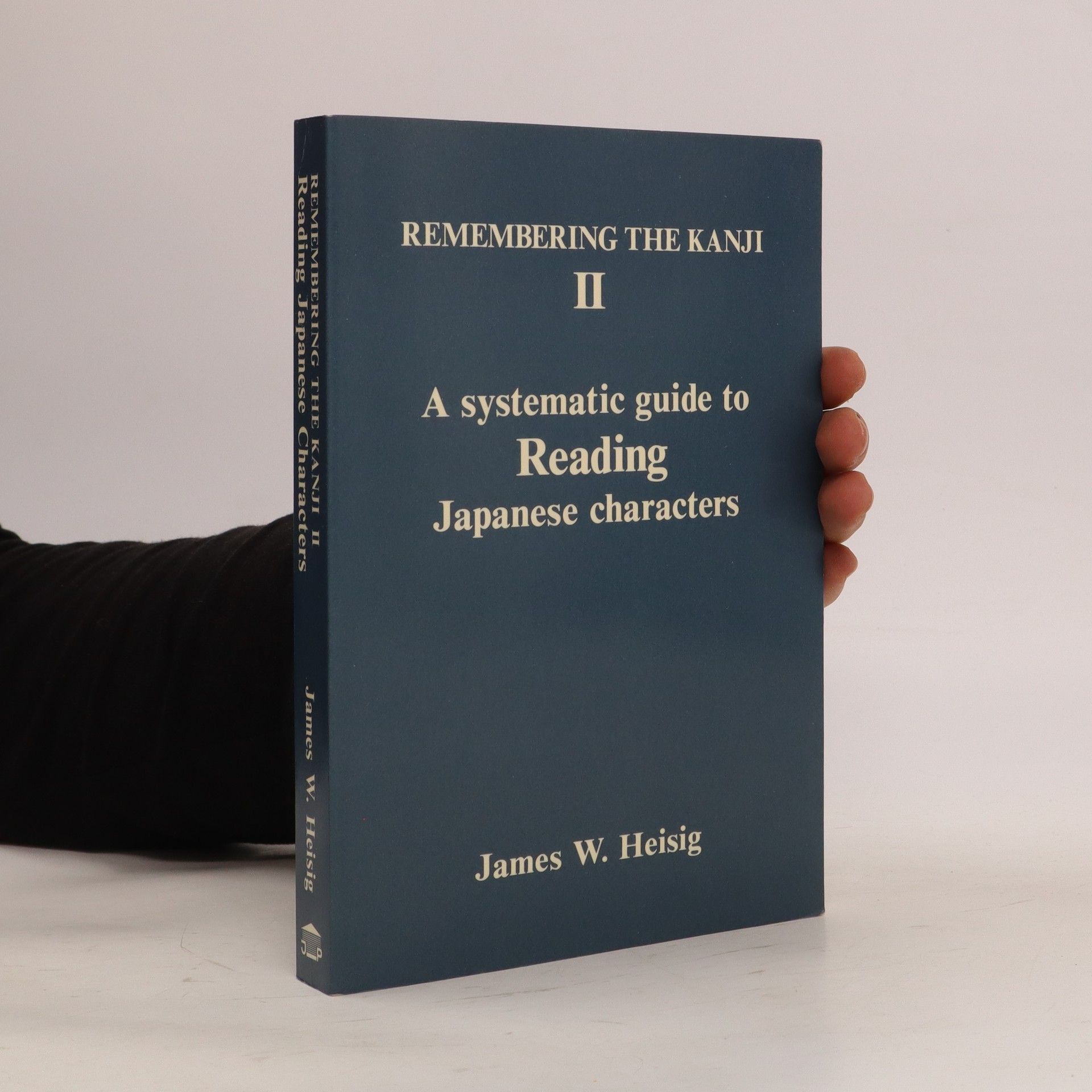Sold out
More about the book
Beneath the notorious inconsistencies in the way the Japanese language has come to pronounce the characters it received from China in the fifth century, there lies a solid and rather ample base of coherent patterns. Discovering these patterns can reduce to a minimum the time spent in brutememorization of sounds unrelated to written forms. Volume II of REMEMBERING THE KANJI takes you step by step through the varieties of phonetic pattern and offers helpful hints for learning kanji that resist systematization.
Book purchase
Remembering the Kanji 2, James Heisig
- Language
- Released
- 1987
- product-detail.submit-box.info.binding
- (Paperback)
We’ll email you as soon as we track it down.
Payment methods
We’re missing your review here.


